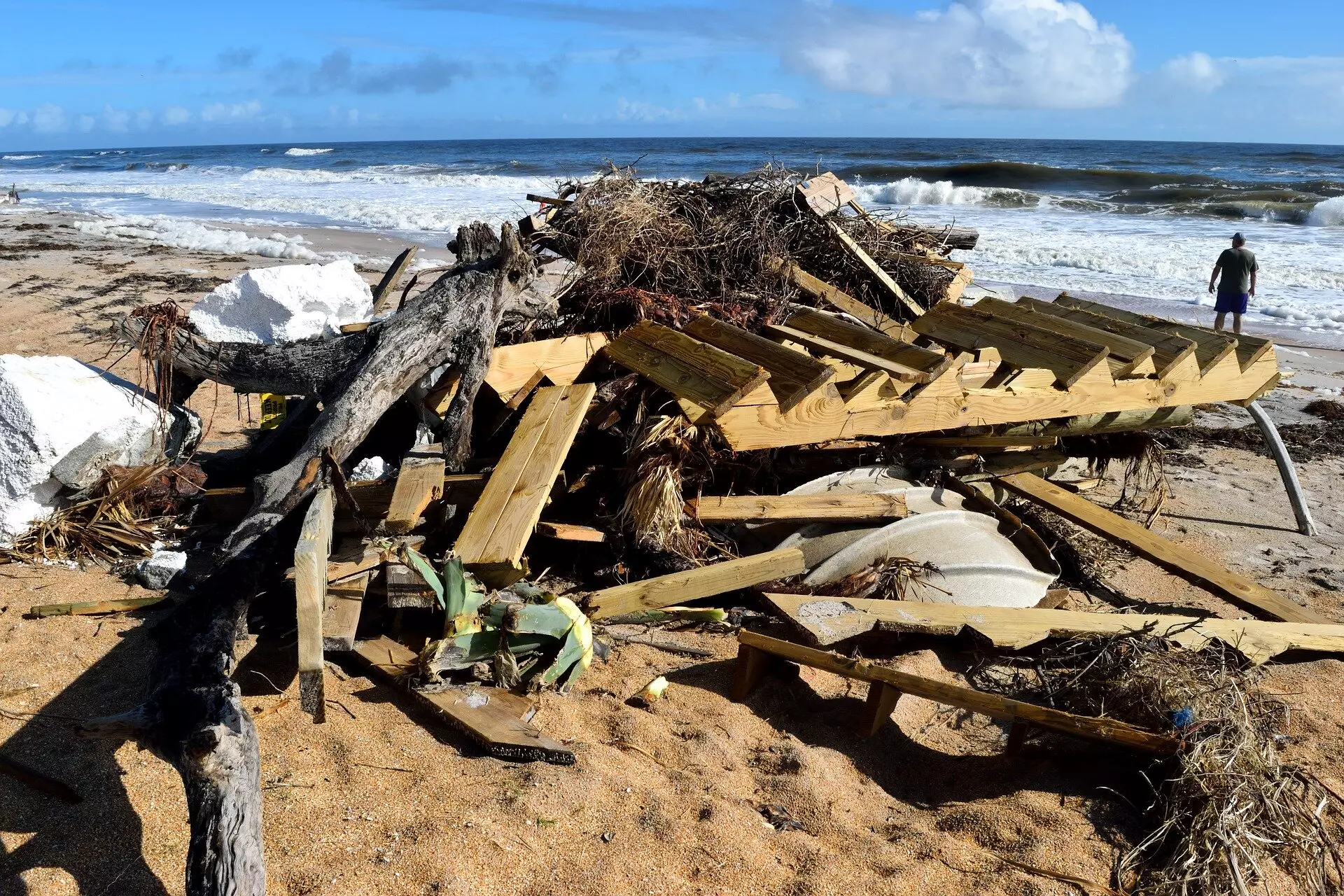Extreme weather, particularly hurricanes, poses a dual threat to lives and economies alike. As climate change accelerates these devastating events, understanding their mechanics becomes increasingly critical. Recent estimates highlight that from 1980 to 2023, the United States faced weather-related destruction amounting to approximately $2.6 trillion, with staggering costs continuing to mount each year. This growing crisis demands innovative approaches in meteorological science to mitigate loss and improve existing forecast methodologies.
The financial implications of hurricanes are staggering. In 2022 alone, the U.S. recorded 18 individual disasters, each costing over a billion dollars. Such figures are not merely numbers; they encapsulate the profound trauma and disruption faced by communities. Moreover, the human toll is equally devastating, as evidenced by the nearly 2,000 lives lost to hurricanes from 2000 to 2021. These statistics underscore the urgent need for effective preventative measures and improved forecasting systems that could potentially save lives and reduce economic damages.
The Role of Accurate Forecasting
Accurate hurricane forecasting is essential for timely evacuations and disaster response planning. According to Mostafa Momen, a researcher at the University of Houston, better hurricane predictions might save lives and millions of dollars. Improved forecasting capabilities not only offer more precise wind and flood predictions but also allow for better resource allocation during emergencies. This highlights the importance of funding meteorology research and developing advanced predictive models that leverage technology effectively.
In the quest for enhanced forecasting, researchers like Md Murad Hossain Khondaker are utilizing cutting-edge resources such as the Pittsburgh Supercomputing Center’s Bridges-2. This partnership emphasizes the critical role of supercomputers in analyzing vast datasets that traditional computational methods cannot handle. By pushing the boundaries of existing knowledge about atmospheric friction and its impact on hurricane intensity, researchers aim to alter the predictive landscape significantly.
One compelling focus of this research is understanding how frictional forces interact with storm systems. It has long been recognized that while the sun can amplify storm intensity, the atmosphere simultaneously exerts resistance through friction. Yet, the nuances of this friction’s implications for storm dynamics remain inadequately explored. Investigating how adjustments in assumed friction can refine hurricane forecasts allows for groundbreaking developments in predictive meteorology.
Revolutionizing Predictive Models
The findings from Khondaker and Momen’s research reveal a markedly improved accuracy in predicting hurricane strength and rainfall patterns when friction parameters in climate models are adjusted. With enhanced computing capabilities provided by Bridges-2, the researchers were able to simulate the dynamics of major storms such as Hurricane Irma. Notably, the simulations yielded more precise data, facilitating predictions that were as much as 40 percent more accurate in assessing storm intensity compared to standard models.
Moreover, these revelations suggest a nuanced relationship between hurricane intensity and rainfall distribution. Contrary to traditional beliefs that stronger hurricanes deliver greater overall rainfall, the research indicates that they might actually cause more localized and extreme precipitation events. This observation has critical implications for urban planning and disaster preparedness, especially in cities like Houston, where intense rainfall can lead to devastating flooding scenarios, as witnessed during Hurricane Harvey.
The urgency for refined hurricane forecasting methods is palpable, especially against the backdrop of escalating climate change. The innovative research like that of the University of Houston team showcases the potential for advancements that could save lives and protect economic interests. As weather-related events become more frequent and severe, investments in technology and research must be prioritized. Understanding the complexities of hurricane dynamics through improved computational modeling not only equips emergency services with invaluable tools but also fosters community resilience in the face of inevitable storms. Efforts to enhance our predictive capabilities are not merely academic pursuits; they represent a vital investment in the safety of current and future generations.


Leave a Reply